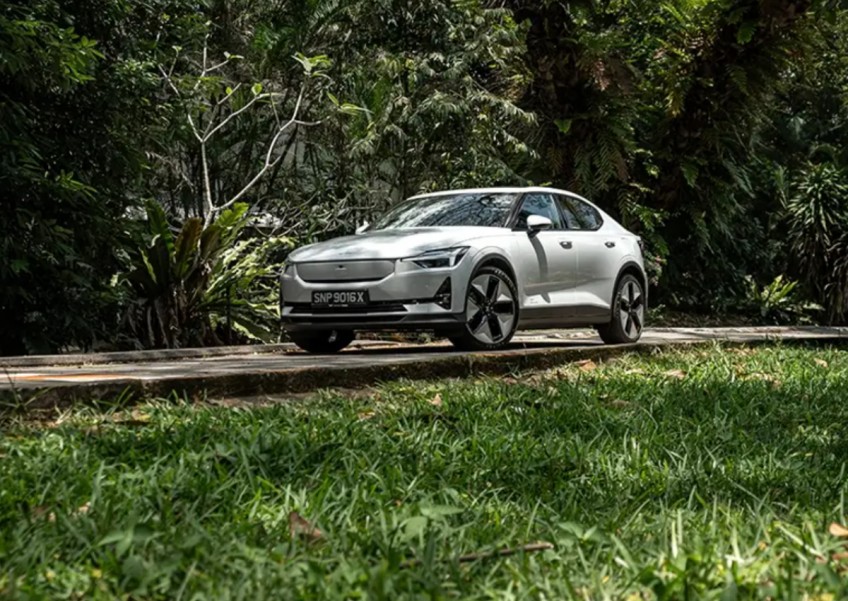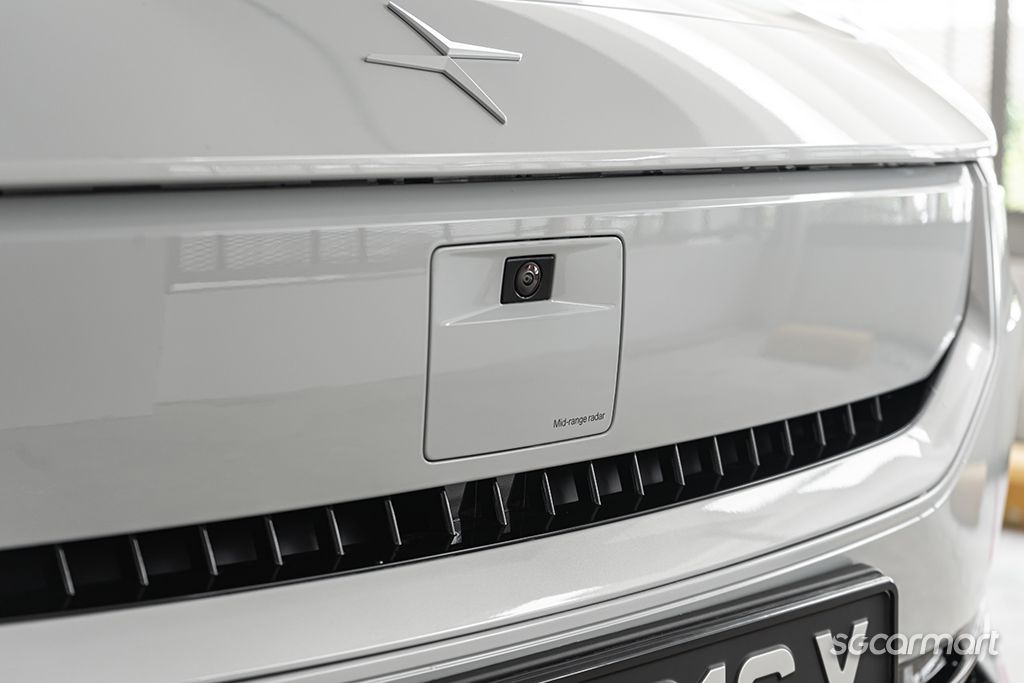Polestar 2 Standard Range Single Motor Facelift review: Provides better performance to deliver a more complete package


Back when the Polestar 2 was first introduced in late-2021, it made quite an impression on me. To be fully transparent, the car wasn't deeply revolutionary or ground-breaking, even in 2021.
Even though EVs were still relatively new here in Singapore, there were already a number of attention-grabbing models, most notably the Tesla Model 3.
The Polestar 2 was definitely an understated offering. Built on an existing Volvo XC40 platform, there was already a sense of familiarity about the car.
However, what I found rather captivating was the execution — the sleek Scandinavian minimalism felt like a refreshing breath of fresh air compared the technological complexity on some of the other contemporary EVs.
I liked the fact that it was unique and different, so much so that it was one of my favourite cars of 2022.
Fast forward a few years, and the model has been facelifted with some light revisions.
And while we've already reviewed the range-topping Long Range Dual Motor variant, this one the Standard Range Single Motor — might be the one that holds greater appeal.


With this facelift, the visible changes are in fact quite minimal. At the nose of the car, there is now the new 'SmartZone' grille that houses a bunch of the car's sensors, and is reflective of the brand's design language moving forward.
Personally, I prefer the look of the old grille. I liked the white and black contrast, which reminds me of a Stormtrooper. This new one is more Snowtrooper (Star Wars nerds will understand), which to me is mildly less interesting to look at.
Beyond that, the rest of the exterior remains unchanged — distinctive Thor's Hammer DRLs, frameless wing mirrors, LED rear light bar, it looks easily and recognisably like a Polestar 2. That's no bad thing — I still find it quite a joy to look at.


Move inside, and it's again remarkably unchanged. You get the same Android-powered infotainment system, the same 12.3-inch digital driver display, and of course the same sleek and minimalist Scandinavian interior aesthetic.
One thing that I still really like about the Polestar 2 is the fact that there's no start/stop button. You just sit in the driver's seat, move the gear selector into R/D, and the car is 'on' and ready to drive.
Done parking? Shift into P (or not even if you have creep turned off), open the door and just get out. It feels refreshingly simple in a way that I wish more EVs embraced.
The one small thing that has been updated is on the software side — the infotainment system now comes with Google Chrome, so you can surf the internet or watch shows.

You might be quick to dismiss this as the lightest of cosmetic updates, but there are actually notable changes under the hood.
The most significant one is with the electric motor. Where the previous Single Motor model was front-wheel drive, this one is now rear-wheel drive. It's effectively the Dual Motor setup, but without the front electric motor.
Does this change the fundamental nature of how the car feels on the road? Not really.
Yes, the RWD setup means it's a little bit more agile through corners, but I suspect most typical drivers would not find a detectable difference. And, it's still a firm-riding car, leaning in to its sporty positioning. The overall damping setup is to my taste, but drivers looking for a more cushy ride will be left slightly wanting.

The motor itself has also been revised. Power has been bumped up from 170kW to 200kW, and torque now stands at a whopping 490Nm, up from 330Nm. Consequently, this model is now 1.1 seconds quicker from 0-100km/h.
The motor is also more efficient than before, says Polestar. So, despite the battery pack on this Standard Range model being exactly the same at 69kWh, the claimed range has gone up from 470km to 546km, a 16per cent improvement.
The battery's charging capabilities have also been improved, and the car can now be charged at a maximum of 135kW.
During my test drive, I managed 5.9km/kWh, which is in fact very close to 6km/kWh that the car is VES-rated at. The numbers on the Polestar spec sheet are a little confusing (consumption is calculated based on high-energy consumption, combined data, while range is based on low-energy consumption, combined data.
I don't know, ask Polestar/LTA), so the simple math here doesn't really work out. But based on the car's on-board readout, I would get around 490km on a full charge. That's honestly quite good.
Our test car came equipped with the optional Pilot Pack, and while the Pilot Assist and Adaptive Cruise Control work well and are easy to operate, I don't think it's crucial. You can probably get away without having it.


With this facelift, the Polestar 2 has not fundamentally changed. The visible updates are very slight, and while it is mechanically more efficient (and more powerful) than before, I don't think it changes the fundamental nature of the car.
To be clear, the facelift has made this car undeniably better, and in fact I think the increased efficiency and range of this Standard Range model actually slightly undercuts its Dual Motor brethren.
But ultimately, the underlying character of the Polestar 2 remains unchanged.
And that's a bit of a conundrum. I still think it's a very capable car, and I like its particular positioning and offering. The difficulty is that in a quick few years, there has been a significant increase in EV offerings (some even in this particular segment), and that just means much more competition.
The Polestar's relative age (considering its built on a platform that first debuted in 2017) is also starting to show slightly, especially when compared against cars built on an all-electric architecture.
If you like Polestar's particular Scandi aesthetic, the Polestar 2 remains quite delightful. But considering the increased competition it faces, I do think it is going to be a little bit harder for it to stand out in 2024.
ALSO READ: Mercedes-Benz EQE300 SUV review: Easy luxury, uneasy artistry